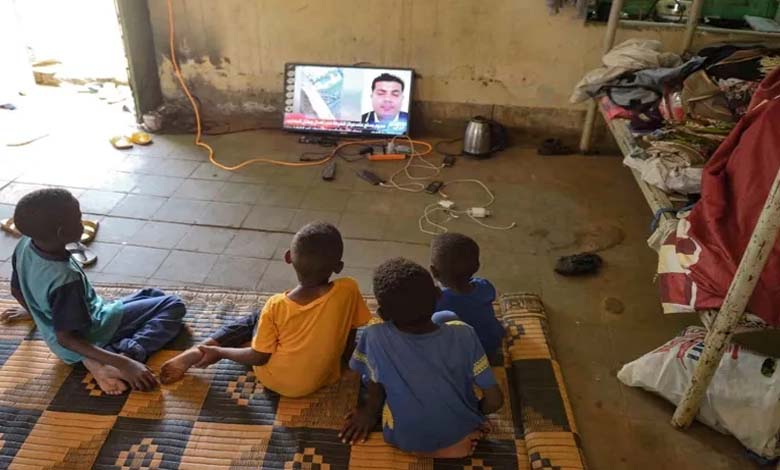Education Collapse: 19 million Sudanese children face an uncertain future after school closures
Approximately 19 million Sudanese children face an uncertain future as the brutal conflict in Sudan approaches its sixth month next week

Among this total, or one in every three children in the country, about 6.5 million people have lost access to education due to increasing violence and insecurity in their areas. Over 10,400 schools have closed in conflict-affected areas. Meanwhile, more than 5.5 million children living in less conflict-affected areas are waiting for local authorities to confirm whether it is possible to reopen classrooms.
Education collapse
According to the International Relief Network, even before the conflict erupted in April, nearly 7 million children were already out of school in a country plagued by poverty and instability. If the war continues, no Sudanese child will be able to return to school in the coming months, leaving them vulnerable to immediate and long-term risks, including displacement, recruitment into armed groups, and sexual violence.
Mandip O’Brian, UNICEF’s representative in Sudan, stated, “Sudan is on the brink of becoming home to the worst education crisis in the world. Children have endured the horrors of war for nearly half a year. Now, after being forced away from their classrooms, teachers, and friends, they are at risk of falling into a void that will impact an entire generation’s dreams and future.”
The network explained that in addition to reading, writing, and mathematics, children also learn social and emotional skills in school, which can become a lifeline for dealing with violence, loss, and trauma during times of conflict. At the same time, they can access many other essential services, often life-saving, such as nutrition, healthcare, and psychosocial and social support.
Largest internal crisis
Aaref Nour, Country Director of Save the Children in Sudan, emphasized that Sudanese children are highly exposed to the risk of losing access to education and basic protection services. He added, “Since the conflict began, Sudan has emerged as the world’s largest internal displacement crisis, with 4.4 million people recently displaced within Sudan, including approximately 2.5 million children. In addition, 5 million school-age children have found themselves trapped in active conflict areas.”
Nour continued, “Spending on social services has sharply declined, with teachers in almost all states losing their salaries since the start of the armed conflict nearly six months ago. There is a shortage of educational supplies, and facilities have not been maintained. While efforts are ongoing in a few areas to ensure that education systems in Sudan remain effective, there are significant constraints, and needs are quickly outpacing resources.”
The international network explained that in addition to the direct impact and risks of stopping education for almost every Sudanese child, recent UNICEF analysis indicates that the loss of earnings, if not urgently addressed, will result in a lifetime net loss of $26 billion for the generation of children affected by the war.
UNICEF and Save the Children are working with partners to ensure that millions of Sudanese children receive quality education and return to school safely before their academic year is jeopardized.
UNICEF and Save the Children call on Sudanese authorities to reopen schools in safe areas, support alternative learning approaches in communities where it is no longer possible to open schools due to safety and security concerns.
UNICEF and Save the Children urge the international community to stand in solidarity with Sudanese children whose education is at stake and provide the necessary resources and support to ensure the return of millions of Sudanese children to school and to ensure that children affected by the conflict have access to learning opportunities and psychosocial and social support in safe environments.












